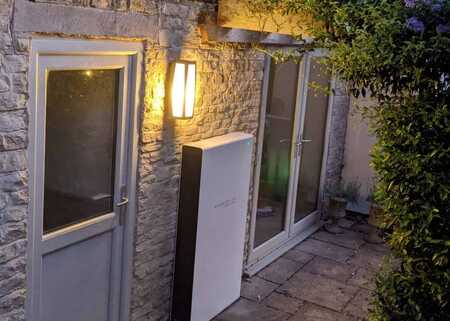How much garden area is needed for ground source heat pumps
Ground source heat pumps are an excellent way to heat your home while also reducing your carbon footprint. However, many homeowners are concerned about how much space is required for installation. In this blog post, we'll explore the amount of garden area needed for their installation.
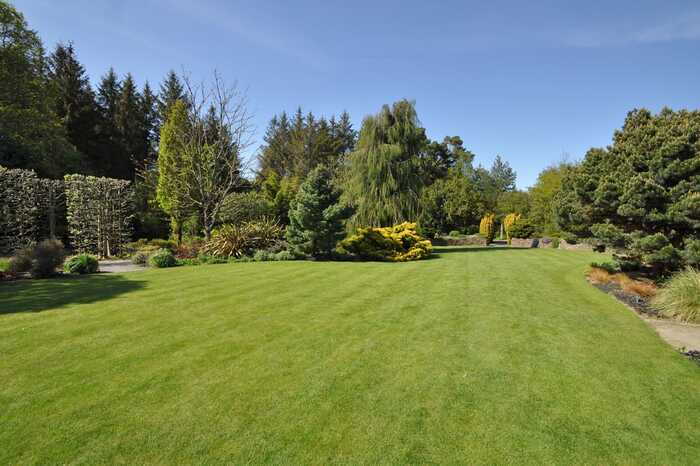
How much garden area to ground source heat pumps take up?
The amount of garden area needed for a ground source heat pump depends on a few factors. The main factor is the size of the system, which is determined by the heating demand of your property. The larger the system, the more ground area will be required for installation. This post is going to look at horizontal 'slinky' systems in the main, although vertical 'borehole' installations are also possible. These tend to be more expensive as drilling equipment is required.
There are many variables, but for a large family home, a horizontal slinky array will require a land area of approximately 50m by 15m. Each 'slinky' or coil will require a trench 1.2m wide and 1.2m deep, and each trench needs to be at 5m (centre of trench) distance from the next. A well insulated property will have a lower heat demand, and will therefore require a smaller ground array. Evergreen can complete a full 'room by room' heat load calculation of your property. From this we can determine which and how many heat pumps are required to satisfy the heating and hot water demands of the property. Then we can work out how big the ground array needs to be.
Although not the biggest consideration in terms of space, it's also important to consider where the unit will be housed. GSHPs come in lots of different sizes, from small models which can be roughly the size of a tumble dryer, to larger units. Often multiple heat pumps are required. In domestic settings, heat pump units are often housed in utility rooms, plant rooms or garages.

Can the garden space be used once the pipes are buried?
Having a ground source heat pump fitted doesn't mean that you can't also have a nice garden. It takes a little bit of planning, but any certified installer will work with you to find the best location and configuration for your heat pump in order to cause the least disruption to your outside space.
The easiest thing to plant over the top of your ground source heat pump pipes is grass. Once the work is finished, you can lay turf or grass seed and the growth won't be affected. When it's ready, you can mow it as you would any normal lawn. It is not a good idea to plant trees over the array, as these will shade the ground and absorb moisture.
In addition to the space required for installation, it's also important to consider the accessibility of the garden area. The area will need to be accessible for excavation equipment in order to prepare the site for installation.
If you would like some advice on renewable energy, or are considering the installation of a ground source heat pump and would like to know if it is the best solution for your home or business, please get in touch with us.
You might also be interested in...
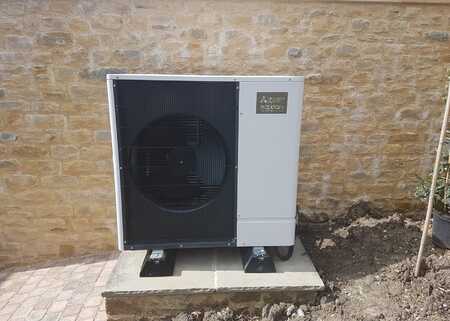
Boiler Upgrade Scheme - What you Need to Know 12/05/2022
Investing in low-carbon heating solutions is the most effective method of securing an ecologically sustainable future, and this new government scheme will encourage property owners to replace their existing fossil fuel heating with more efficient, low-carbon systems.
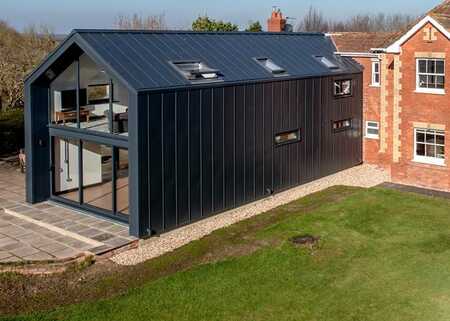
Ground Source Review: Green Gables Family Home30/03/2021
Green Gables is a family home in Somerset, consisting of two attached buildings. Looking to save money on heating bills and reduce their carbon footprint, the homeowner wanted to rule out their reliance on oil heating.
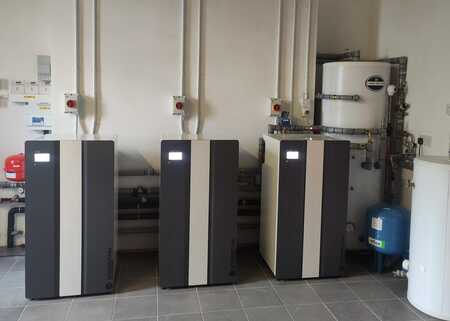
Debunking 5 Ground Source Heat Pump Myths05/10/2023
Ground Source Heat Pumps (GSHPs) have increased in popularity over the last two decades, with 280, 000 households in the UK choosing this energy-efficient and environmentally-friendly heating and cooling solution since the year 2000.
Posted on March 31st 2023

